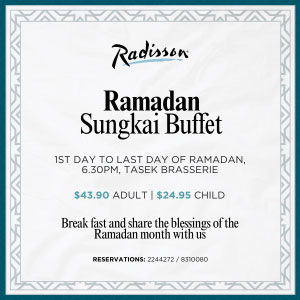Qing Dynasty flashbacks and roaming royal gardens in Beijing
Imagine stepping into a world where ancient imperial charm meets the serenity of nature – that’s exactly what the Summer Palace in Beijing has in store for you.
Nestled on the outskirts of the bustling city, this place is like a time machine that transports you back to the lavish lifestyle of Chinese emperors.
Day four of my Beijing escapade threw us right back into the Qing Dynasty.
We wandered through the imperial garden, and you can see the Summer Palace – the ultimate royal getaway for emperors trying to dodge the sweltering summer heat of the old imperial city – exactly in the centre of it.
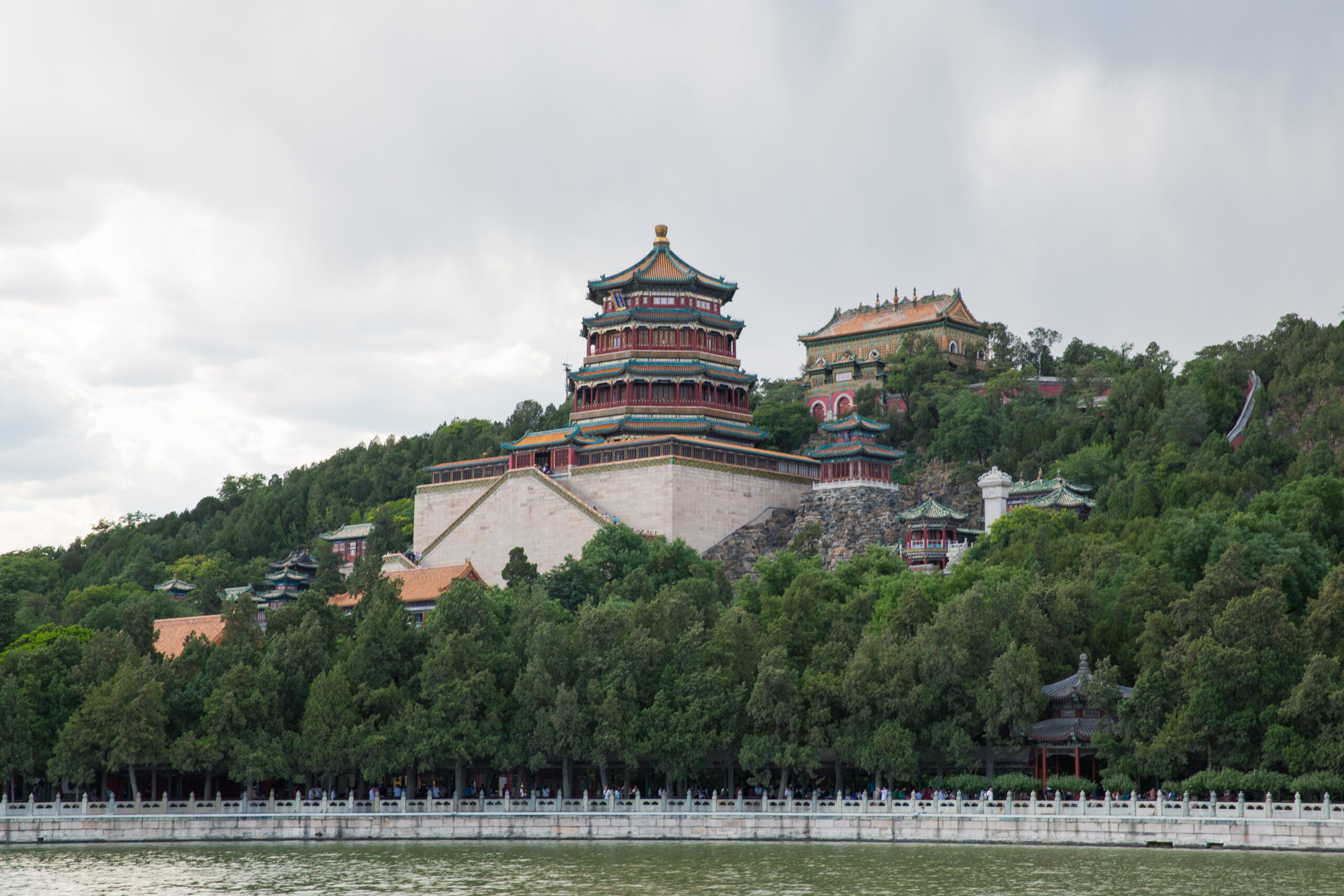
SUMMER PALACE ESCAPE
Whether you love history, appreciate nature, or seek refuge from urban chaos, the Summer Palace is your perfect oasis.
A masterpiece of Chinese garden design, the Summer Palace is a must-visit on your Beijing checklist. This place is a combo of lakes, gardens, and palaces, and it’s not just your average spot – it used to be the retirement playground for Empress Dowager Cixi.
Spanning 2.9 square kilometres, the site predominantly features lakes, constituting three-quarters of its total area. Longevity Hill, towering at 60 metres, is adorned with a sequence of notable buildings. The front hill houses majestic halls and pavilions, while the back hill offers a serene environment with its natural beauty.
An interesting fact about this location is that it is entirely man-made. The excavated soil was utilised in the construction of the impressive Longevity Hill. Additionally, the central Kunming Lake, covering a substantial 540 acres, is a result of human ingenuity.
Delve into the history of the Summer Palace – a treasure trove boasting over 3,000 ancient Chinese buildings, crammed with a mind-blowing collection of 40,000 historical relics from every dynasty in the books.
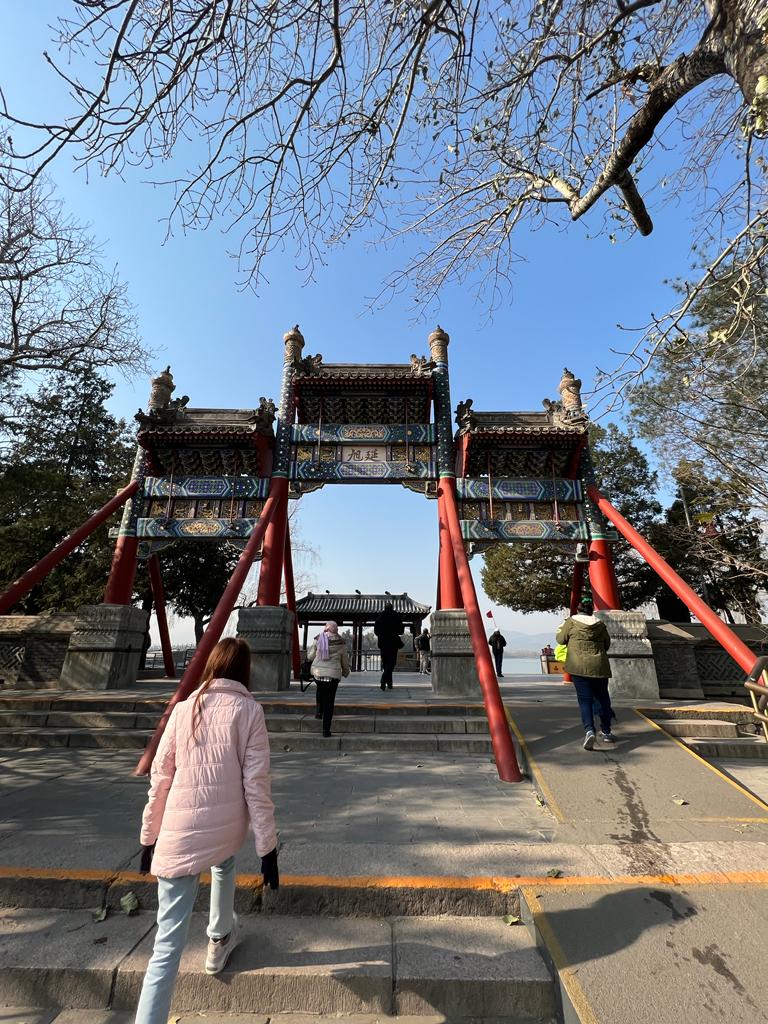
The palace’s origination dates back to the era of Wanyan Liang, ruler of the Jurchen-led Jin dynasty. He ordered the construction of a palace in the Fragrant Hills and Jade Spring Hill northwest of Beijing, marking the establishment of the Summer Palace.
Kunming Lake owes its creation to an innovative waterworks project by engineer Guo Shoujing,iverting water from Shenshan Spring in Baifu Village to create a water reservoir for the palace during the late 12th Century when the Yuan Dynasty established itself in Khanbaliq, now modern-day Beijing.
Moving forward, during the Ming Dynasty, the Hongzhi Emperor added to the landscape by incorporating Yuanjing Temple, later renamed Longevity Hill. The design drew inspiration from a Chinese myth depicting three divine mountains, with the three islands in Kunming Lake symbolising those mountains.
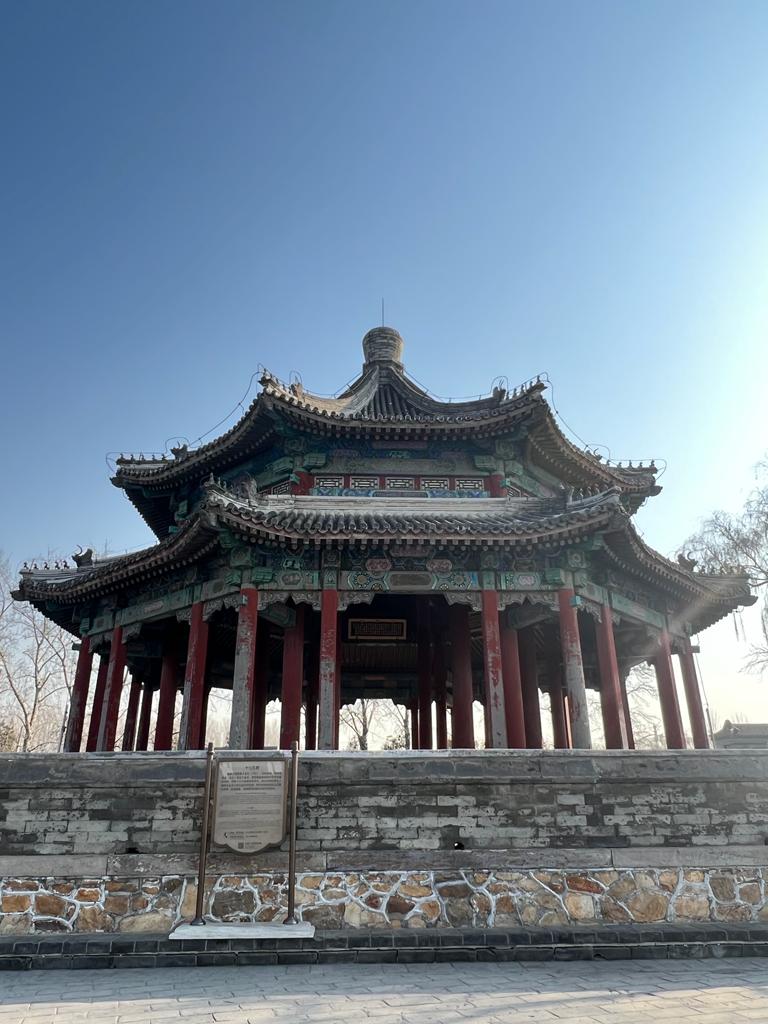
Now, history takes a hit during the Second Opium War in 1860 when the palace got looted by British and French troops. The Old Summer Palace nearby got torched. The Boxer Rebellion followed suit, with the imperial gardens taking a beating from the Eight-Nation Alliance.
Two years of restoration later, the Summer Palace turned into a public park in 1924 under Beijing Municipal government’s watchful eye. The United Nations Educational, Scientific and Cultural Organization (UNESCO) gave it a nod in 1998, and commemorative coins were thrown into the mix in 2006. Our local guide, Velon, provided this historical insight.
Upon entering the palace, the sight of Longevity Hill and Kunming Lake proved truly breathtaking. The scenery was further enhanced by the charming addition of a bridge named Seventeen Hole.
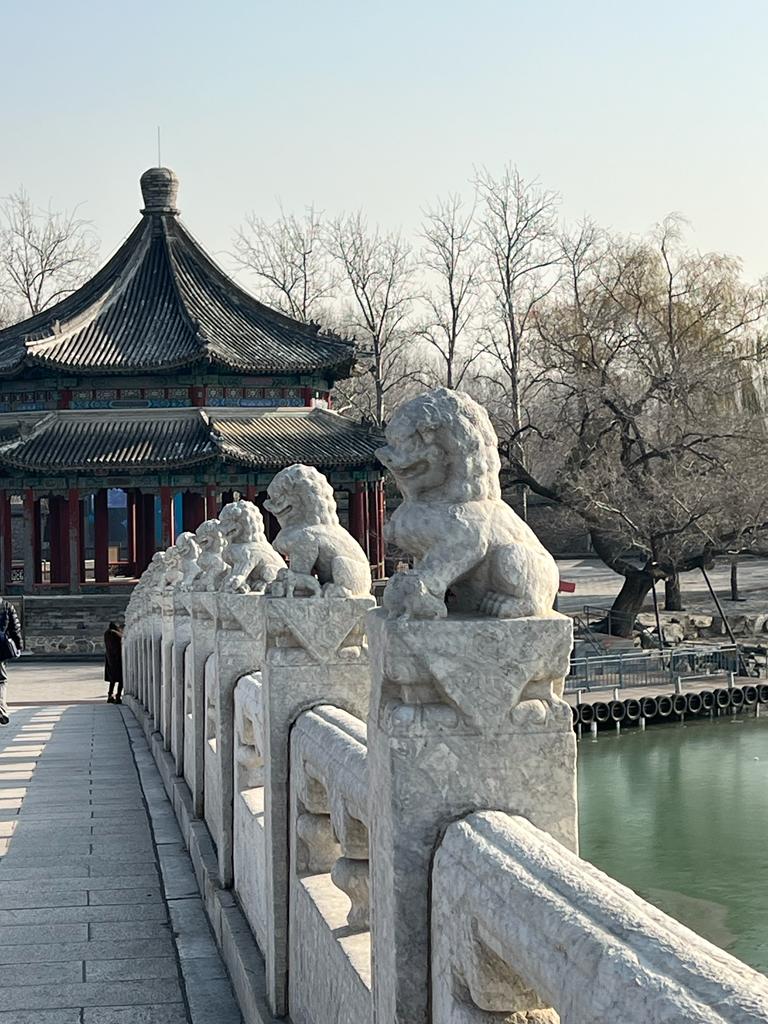
Velon’s tales painted a vivid picture of Empress Dowager Cixi’s era in my mind. If you’re in Beijing, visiting this place feels like stepping into a time machine.
Maybe it’s the chilly breeze or simply a personal feeling, but strolling through the garden has this historical aura – akin to immersing yourself in those epic Chinese movies or dramas set in ancient dynasties.
But let me tell you, beyond the speculative atmosphere, it was undeniably another enchanting experience, a moment worth sealing in our memory album. The vast scenic view of the partially frozen lake added a touch of magic to the whole scene, making it truly special in the open expanse.
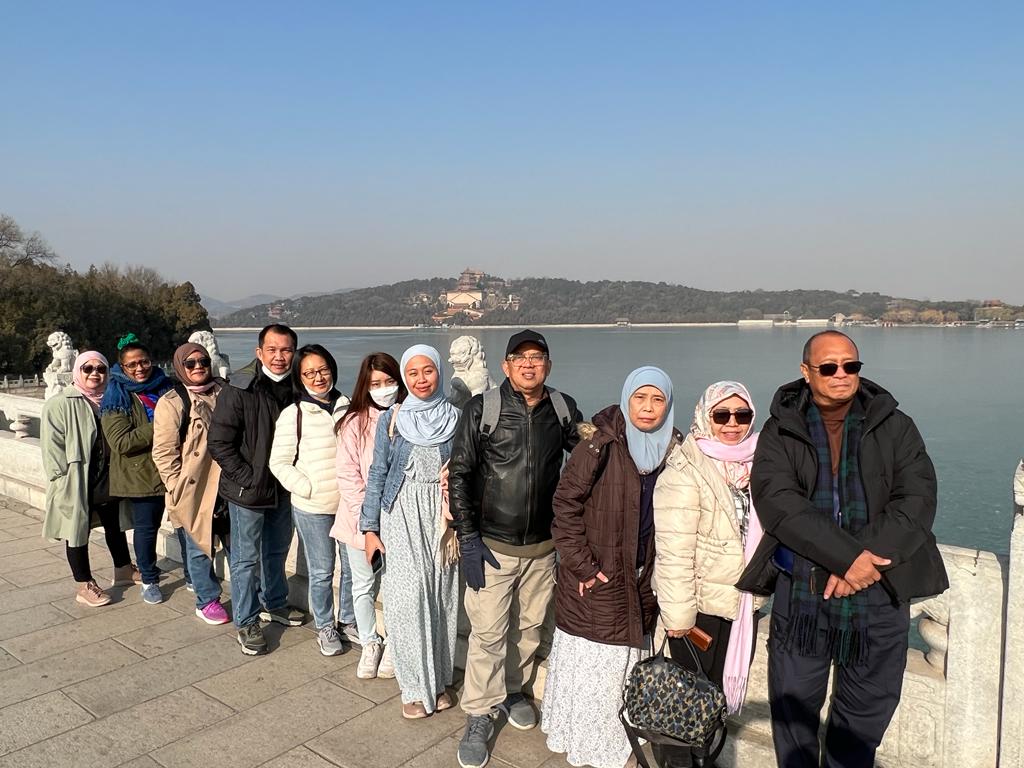
With some time to spare before dinner, we decided to explore Silk Street Market, a bustling shopping hub in the city. Originally an outdoor market, it has transformed into a shopping mall housing over 1,000 retailers, now considered one of Beijing’s symbols.
While not widely visited by foreign tourists, this mall attracts not only many public figures but also celebrities. Some notable visitors, including the former president of the United States George Bush, have either enjoyed shopping here or had their clothes tailor-made.
After an hour of retail therapy, we indulged in another round of local Chinese dishes at a Muslim-friendly eatery.
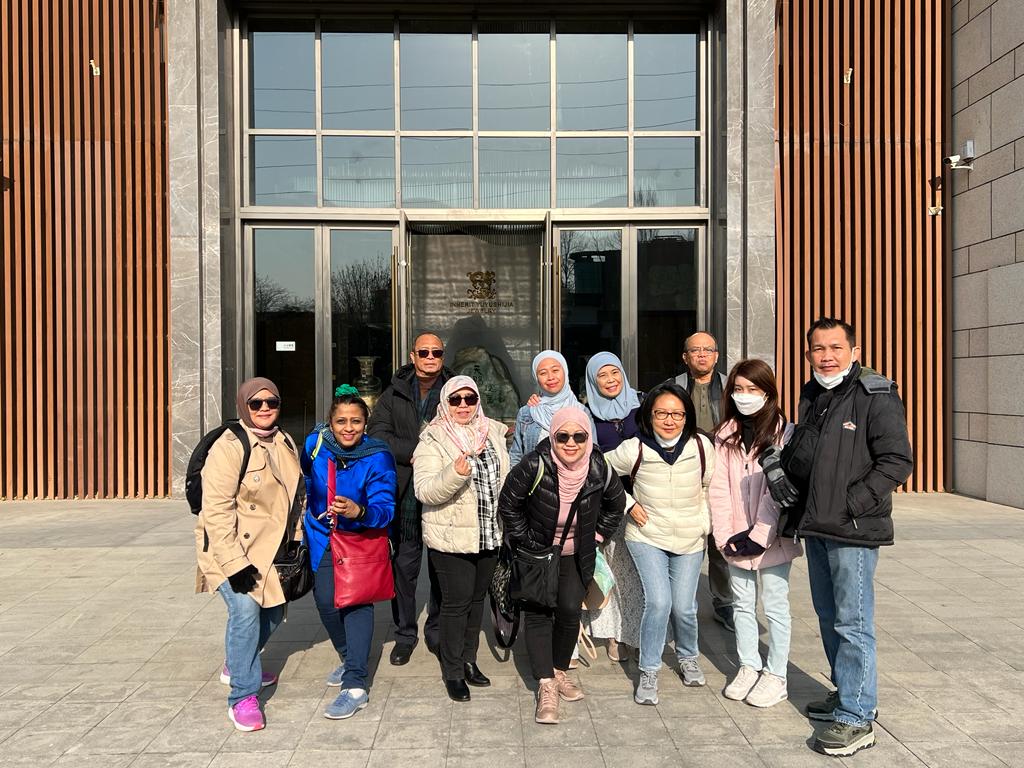
Heading back to the hotel for a night’s rest, we prepared for a shopping spree the next day.
Adding another chapter to our memory album – the frozen lake, the tales, and the bargains at Silk Street. Beijing, you’re truly legendary! – Lyna Mohamad



